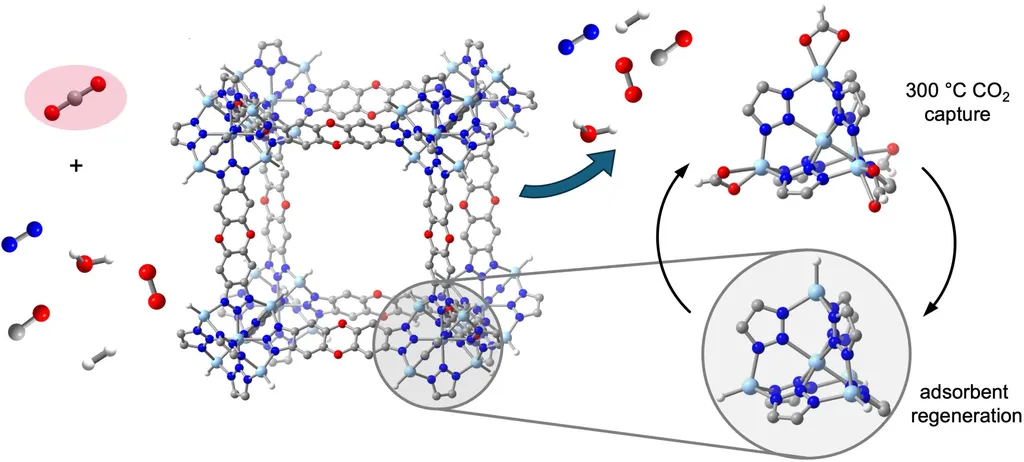In the quest for more accurate and effective carbon accounting, a team of researchers from the University of California, Berkeley, and the energy technology company OhmConnect have introduced a novel approach called “carbon matching.” This method aims to improve corporate carbon accounting by tracking emissions directly, rather than relying on energy consumption and production data.
The researchers, Nikky Avila, Hank He, Reza Rastegar, Jamie Tolan, Tobias Tiecke, and Brian White, have developed a mathematical framework for carbon matching using marginal emission rates. Their work, published in the journal Applied Energy, demonstrates how this approach can be applied to electric bus networks and other aspects of the electric grid, including transmission, storage, generation, and consumption.
Carbon matching works by assigning distinct emissions rates to different parts of the electric grid, allowing for a more precise allocation of emissions. This is a significant improvement over traditional carbon accounting methods, which often rely on simplistic assumptions and can lead to inaccurate or misleading results. By tracking emissions directly, carbon matching provides a more accurate picture of a company’s carbon footprint, enabling more informed decision-making and more effective emissions reduction strategies.
One of the key advantages of carbon matching is its ability to inspire ambitious and impactful action. By providing a more accurate and detailed picture of emissions, this approach can help companies identify the most effective ways to reduce their carbon footprint. For example, a company might use carbon matching to determine that a particular type of energy storage system is more effective at reducing emissions than others, or that a specific type of electric bus is more efficient than others.
The researchers have also developed open-source notebooks to demonstrate how marginal emissions can be calculated on simulated electric bus networks. These notebooks provide a practical tool for other researchers and industry professionals to apply carbon matching to their own projects and further refine the approach.
In summary, carbon matching represents a significant step forward in the field of carbon accounting. By providing a more accurate and detailed picture of emissions, this approach can help companies in the energy sector and beyond make more informed decisions and take more effective action to reduce their carbon footprint. As the world continues to grapple with the challenges of climate change, innovative approaches like carbon matching will be increasingly important in the fight to reduce emissions and build a more sustainable future.
Source: Avila, N., He, H., Rastegar, R., Tolan, J., Tiecke, T., & White, B. (2023). Catalyzing System-level Decarbonization: An Analysis of Carbon Matching As An Accounting Framework. Applied Energy.
This article is based on research available at arXiv.

